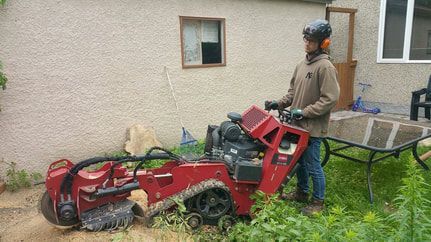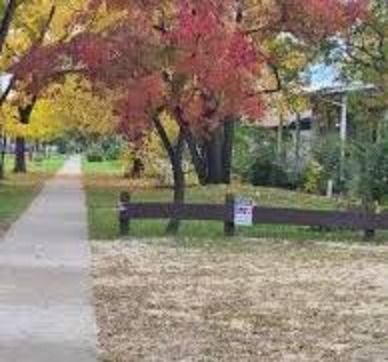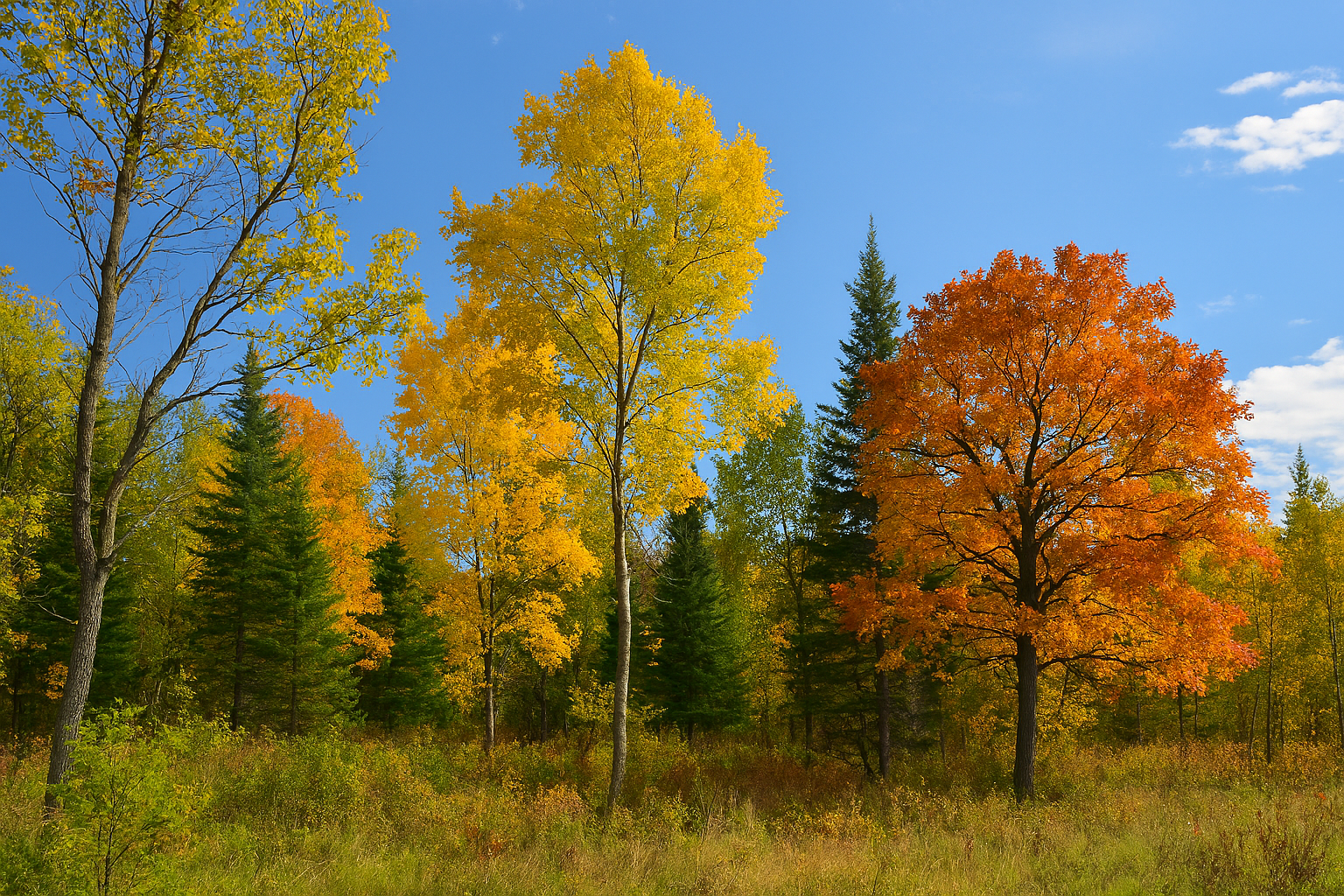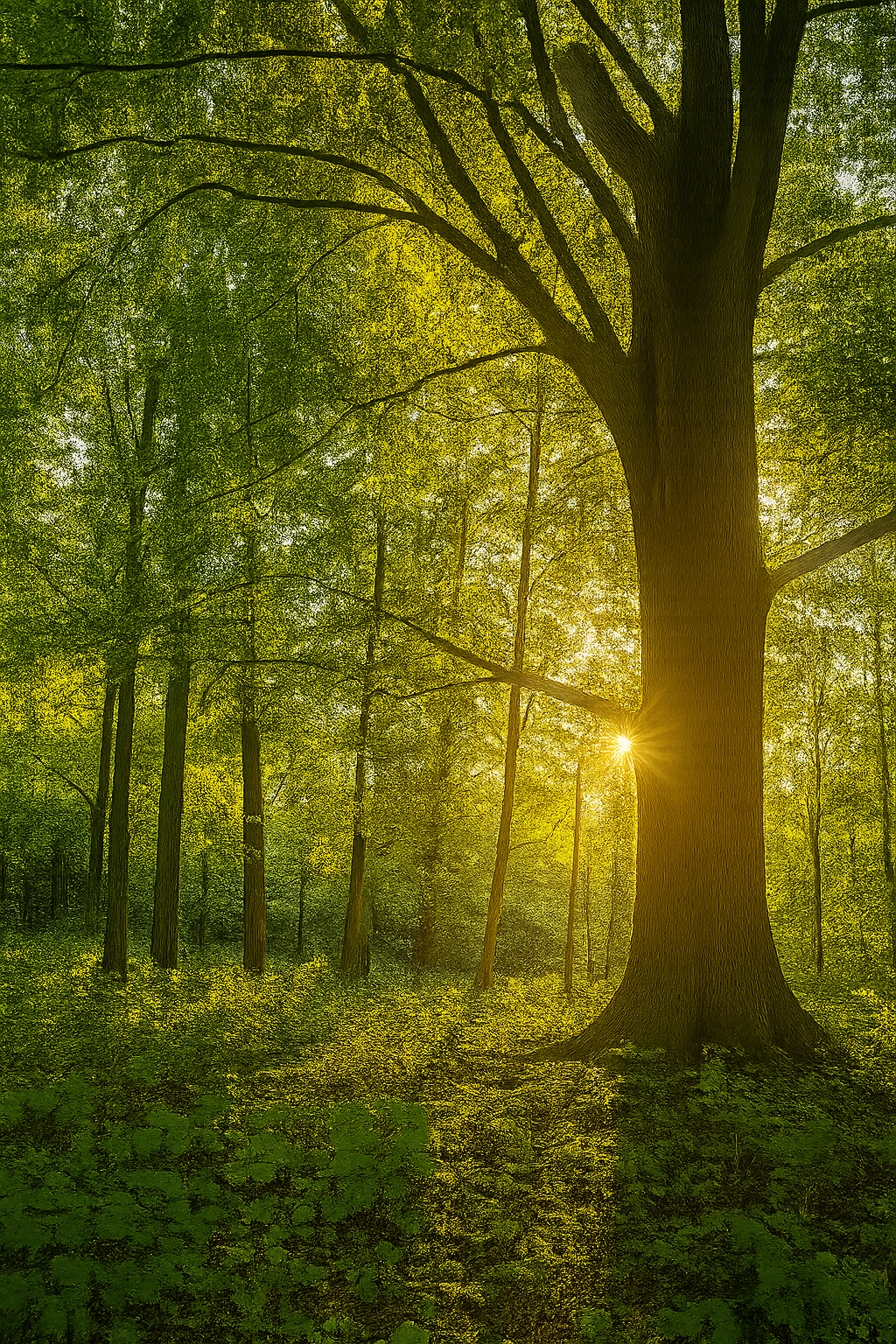How to Safely Remove Tree Stumps:
Trevor Soltys & Paul Kasper
🌳 Why Stump Grinding Is the Best Solution and How It Works
~ Tree removal is often the first step in reclaiming a yard or preparing a site for landscaping, construction, or gardening. But once the tree is gone, the stump remains—a stubborn reminder of what once stood. Tree stumps can be unsightly, hazardous, and even a breeding ground for pests. If you're wondering how to safely and effectively remove a tree stump, stump grinding stands out as the best solution. Here's why—and how it works.
🌳 Why Tree Stumps Need to Go
Leaving a tree stump in place might seem harmless, but it can lead to several problems:
- Safety Hazards: Stumps are tripping hazards, especially in high-traffic areas or yards where children play.
- Pest Attraction: Decaying wood attracts termites, ants, beetles, and fungi, which can spread to healthy trees or even your home.
- Regrowth: Some tree species can sprout new growth from the stump, leading to unwanted shoots and a recurring problem.
- Aesthetic Disruption: A stump can ruin the visual flow of your landscape and limit your options for planting or building.
🛠️ Stump Removal Methods: Why Grinding Wins
There are several ways to remove a stump, but not all are created equal:
Stump grinding is the clear winner for most homeowners and landscapers. It’s efficient, safe, and leaves your yard ready for whatever comes next.
⚙️ How Stump Grinding Works
Stump grinding involves using a specialized machine called a stump grinder. This powerful tool has a rotating cutting disk with sharp teeth that chip away at the wood. Here’s a step-by-step look at the process:
- Site Preparation: The area around the stump is cleared of debris, rocks, and obstacles. This ensures safe operation and protects the grinder’s blades.
- Positioning the Grinder: The machine is placed over the stump, and the operator adjusts the height and angle of the cutting wheel.
- Grinding Begins: The cutting wheel spins rapidly, grinding the stump down layer by layer. The operator moves the grinder side to side, gradually reducing the stump to wood chips.
- Depth Control: Most stump grinders can grind 6–12 inches below ground level, ensuring the stump is well below the surface and won’t interfere with future landscaping.
- Cleanup: The resulting wood chips can be used as mulch or removed. The hole can be filled with soil, sod, or new plantings.
🧰 DIY vs. Professional Stump Grinding
While stump grinders are available for rent at many home improvement stores, hiring a professional is often the safer and more efficient choice. Here’s why:
- Expertise: Professionals know how to handle different stump sizes, tree species, and root systems.
- Safety: Stump grinders are powerful machines that can cause injury if mishandled. Professionals are trained to operate them safely.
- Time Savings: What might take a novice several hours can be done in under an hour by a pro.
- Cost Efficiency: Renting a grinder, transporting it, and learning to use it can be more expensive than a quick professional job.
🌱 Aftercare: What to Do Once the Stump Is Gone
Once your stump is ground down, you’ll be left with a pile of wood chips and a shallow hole. Here’s how to finish the job:
- Use the Chips: Spread them as mulch around trees or garden beds.
- Fill the Hole: Use topsoil to fill the cavity and level the ground.
- Plant Something New: Whether it’s grass, flowers, or a new tree, the area is now ready for fresh growth.
🏡 Final Thoughts
Stump grinding is the safest, cleanest, and most effective way to remove tree stumps. It avoids the mess and danger of burning, the slow decay of chemicals, and the brute force of excavation. Whether you're reclaiming your yard, preparing for a new project, or simply improving your landscape’s appearance, stump grinding offers a professional-grade solution that gets results.
If you’re dealing with a stubborn stump, consider calling a local arborist or landscaping service. Your yard—and your ankles—will thank you.






